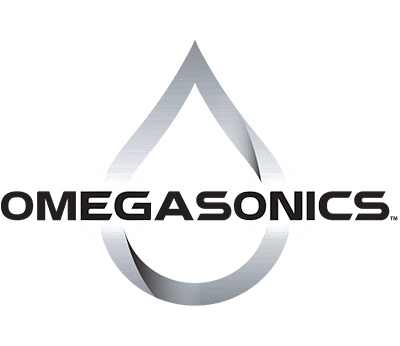Ultrasonic cleaning provides a more efficient, cost-saving and thorough way of cleaning industrial and precision parts of all types of objects. It’s done through the use of ultrasonic cleaning units, which generally consist of a few basic parts: a tank, a generator, and transducers, plus other components that make the whole thing run smoothly.
What is Ultrasonic Cleaning?
Ultrasonic cleaning takes place when energy waves moving through liquid causes the rapid formation and collapse of small bubbles as the waves strike the surface of the immersed object to be cleaned. This physical effect is known as cavitation, and during this process, powerful bursts of energy emanate from these microscopic bubbles as they burst against the surface of the item. These energy bursts provide extra power for cleaning even the most recalcitrant grime from the surface of objects.
Ultrasonic waves are generated via a generator connected to a transducer, which is connected to a diaphragm whose vibrations create the high-frequency waves.
What is an Ultrasonic Transducer?
A transducer is made from piezoelectric material such as ceramic or quartz, that when excited by an electrical pulse will physically change shape. The electrical pulses, when rapidly switching on and off, cause the material to vibrate at high frequencies, resulting in sound generation if the transducer is attached to a diaphragm. Although they started off being made from crystal quartz, almost all ultrasonic cleaning type transducers are made from ceramic now, with one or two minor exceptions.
What is an Ultrasonic Generator?
The ultrasonic generator energizes the transducers by transforming the electrical energy from the power source into a suitable form for efficiently energizing the transducers at the desired frequencies. The generator produces a high-voltage electronic pulse, sending it to the transducers. When the transducers receive the pulse, they respond by changing shape as long as the signal is applied. Most generators are designed in modules that operate a specific number of transducers. The most common ultrasonic generators are 250-, 500-, 750-, and 1000-Watt sizes. By simply adding additional generator modules to an ultrasonic system, manufacturers can create and operate transducer arrays of any size.
How do I Know how Much Power is Needed for my Specific Ultrasonic Tank?
At Omegasonics, we try to stay at least at 50 watts peak per gallon. Our standard tanks all have at least this amount of capacity. When we design a custom-sized tank, we set up the power generation according to the volume of liquid inside the tank and the application needs.
Putting it all Together
All ultrasonic cleaning systems consist of the four fundamental components of transducer, generator, tank and finally, the cleaning solution. The performance and reliability of the system absolutely depend upon the design and construction of the transducers and generators.
The size of the tank itself depends on the components which must be cleaned. Handguns may require only a tabletop unit, while aerospace industry parts will require a much larger tank for full immersion.
Last, the overall effectiveness of the cleaning also depends upon the cleaning liquid used. At Omegasonics, we offer a wide variety of detergents specifically formulated for particular uses ranging from paint removal to carburetor cleaning. Want to know more? Contact one of our ultrasonic cleaning consultants today at Omegasonics or give our experts a call at (888) 420-4445.
